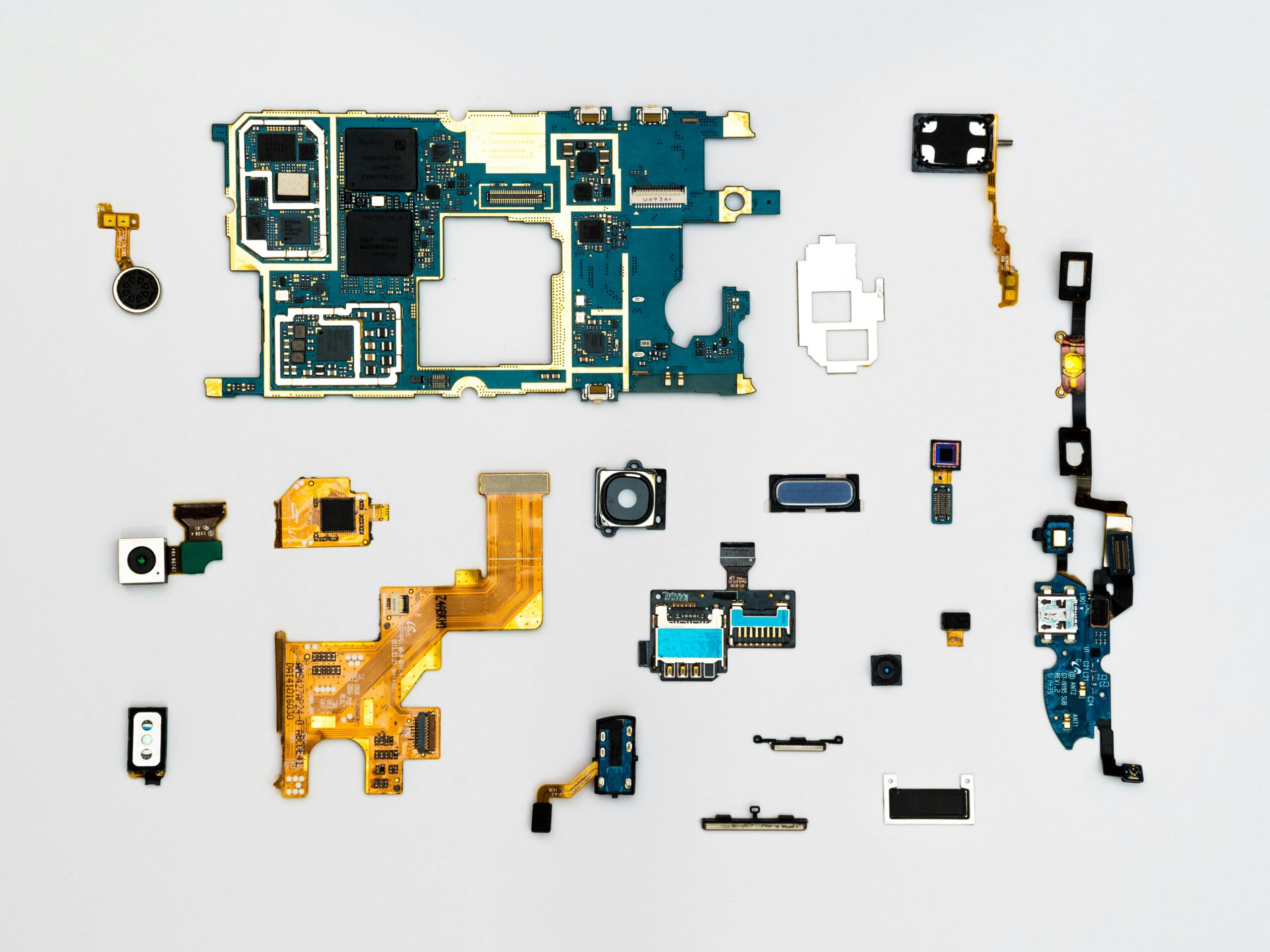
Cryptocurrency adoption in emerging markets has become a pivotal force in bridging financial inclusion gaps and reshaping traditional financial systems.
Recent research indicates a significant uptick in cryptocurrency usage, particularly in emerging economies, with a report by Chainalysis stating that cryptocurrency transactions in emerging markets increased by 65% from January to June 2023.
This surge underscores the growing recognition of digital currencies as a viable alternative to traditional banking systems. In this blog, we will delve into the transformative impact of cryptocurrency adoption on financial inclusion in emerging markets.
Financial Inclusion Challenges in Emerging Markets:
Emerging markets often grapple with significant financial inclusion challenges, including limited access to banking services, high remittance costs, and inadequate infrastructure. Traditional banking systems may be inaccessible or unaffordable for many individuals, particularly those living in rural or remote areas. Additionally, stringent identification requirements and bureaucratic hurdles further exclude marginalized populations from accessing formal financial services.
Cryptocurrency as a Solution:
Cryptocurrency offers a compelling solution to these challenges by providing a decentralized and accessible means of financial inclusion. Unlike traditional banking systems, which rely on centralized institutions, cryptocurrency transactions occur directly between users on a peer-to-peer basis. This decentralized nature eliminates the need for intermediaries, reduces transaction costs, and accelerates the speed of financial transactions, making it particularly beneficial for individuals in underserved regions.
Impact on Remittances:
Remittances play a crucial role in many emerging economies, serving as a lifeline for families and communities. However, traditional remittance channels often entail high fees and lengthy processing times. Cryptocurrency remittances offer a more efficient and cost-effective alternative, enabling individuals to send and receive funds across borders quickly and affordably. This innovation has the potential to significantly improve the financial well-being of millions of people in emerging markets.
Empowering Economic Participation:
Cryptocurrency adoption empowers individuals to participate more actively in the global economy, irrespective of geographical or socioeconomic barriers. By providing access to digital currencies, individuals can engage in e-commerce, online freelancing, and digital asset investments, thereby expanding economic opportunities and fostering entrepreneurship. Moreover, cryptocurrency ownership enables individuals to preserve their wealth in the face of currency devaluation or economic instability, offering a hedge against inflation and financial volatility.
Conclusion:
In conclusion, cryptocurrency adoption in emerging markets holds immense promise for bridging financial inclusion gaps and empowering underserved populations. As digital currencies continue to gain traction worldwide, Coding Brains is dedicated to leveraging its expertise in software development to support the advancement of cryptocurrency adoption and financial inclusion initiatives. Together, we can create a more inclusive and equitable financial ecosystem for all.





